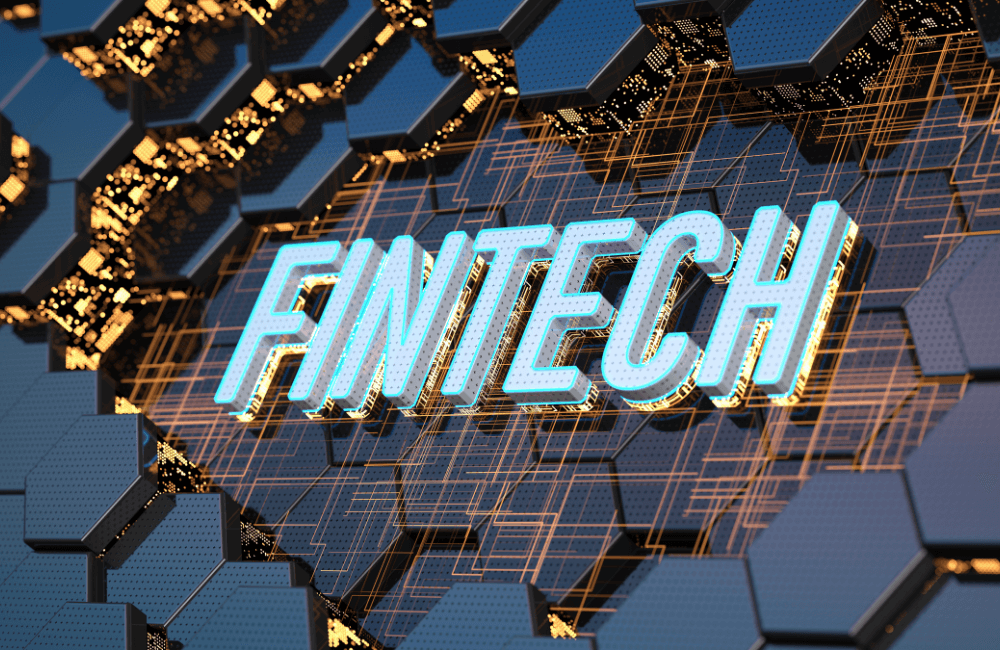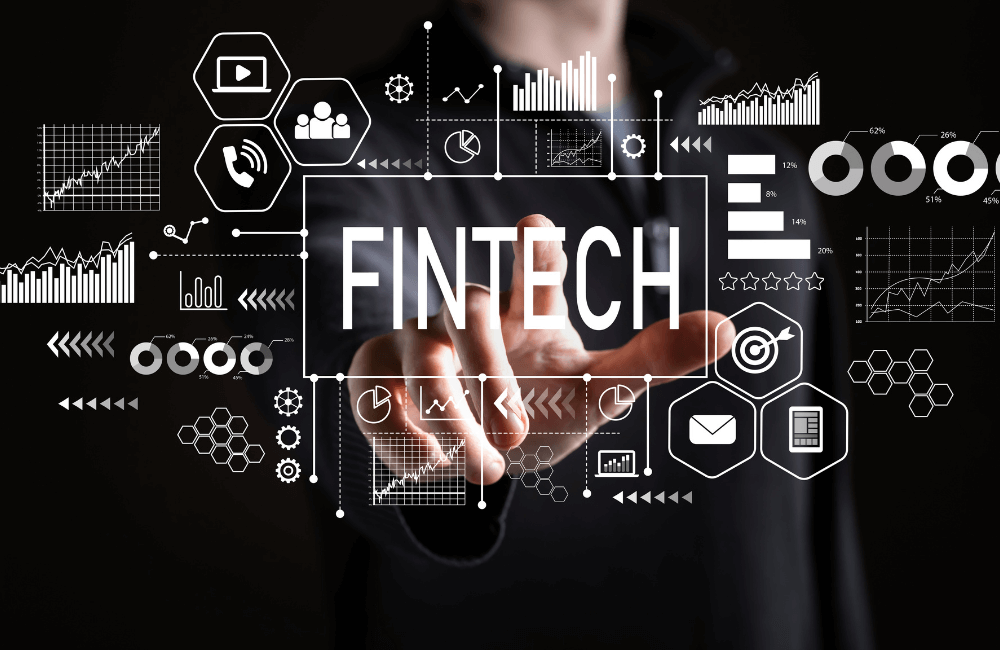Contents
What is fintech, and why is it changing how people interact with money? This beginner’s guide breaks down the basics of financial technology, from digital payments and online banking to investing platforms, lending tools, and blockchain applications. You’ll learn how fintech companies operate, the technologies they use, and the impact on consumers, businesses, and financial institutions. We’ll also look at how regulation, AI, and emerging trends are shaping the future of this sector. Let’s start by defining what fintech really means and where it fits within the broader financial ecosystem.
What is Fintech?

Fintech, short for financial technology, refers to the application of digital tools and platforms to deliver financial services more efficiently. It spans a range of solutions from mobile banking and e-wallets to peer-to-peer lending, online investment platforms, and real-time payment systems. These technologies support both consumer-facing services and back-end infrastructure, offering more streamlined ways to manage transactions, access capital, and move money across channels.
At its core, fintech represents a shift in how financial services are developed, distributed, and consumed through software-driven models.
What is a Fintech Company?

A fintech company builds or delivers technology products that support financial activities. These firms range from digital-first startups to global platforms and infrastructure providers. Their offerings may target individual users, small businesses, or large institutions looking to modernize operations.
Depending on their focus, fintech companies typically fall into one or more of these categories:
- Consumer Finance: Apps for personal budgeting, credit scoring, or investing
- Payments & Transfers: Digital wallets, mobile payments, remittance platforms
- Lending & Credit: Online loan marketplaces, buy-now-pay-later providers
- Banking Infrastructure: APIs and backend systems for financial institutions
- Digital Assets: Platforms for cryptocurrency trading, custody, or decentralized finance (DeFi)
But we’ll go into the details in the later sections.
Fintech Industry Overview

The fintech sector continues to grow at scale, driven by demand for digital-first services, regulatory modernization, and investment momentum across both developed and emerging markets.
Key market insights:
- Global Market Value: Estimated at USD 340.10 billion in 2024
- Forecasted Growth: Projected to reach USD 1.12 trillion by 2032
- CAGR: Expected to grow at a compound annual growth rate of 16.2% through the forecast period
Segment-specific data:
Fintech as a Service (FaaS): Valued at around USD 358.49 billion in 2024, with forecasts pointing to USD 1.62 trillion by 2034, reflecting strong demand for embedded finance and modular fintech infrastructure.
Regional outlook:
- North America: The largest market globally, accounting for 34.05% of total fintech revenue in 2024. The region remains a hub for venture capital, enterprise fintech innovation, and regulatory experimentation.
- Vietnam: One of Asia’s fastest-growing fintech markets. Adoption is especially strong in digital payments and alternative lending, supported by high mobile penetration and a young, tech-savvy population. Investment levels are rising, driven by both domestic initiatives and cross-border funding.
This global momentum reflects a broader shift in how financial services are built and delivered, and the market shows no sign of slowing.
Core Segments of Fintech

The fintech industry spans a diverse set of business models and technologies. While these offerings may differ in function, they share a common goal: to simplify, digitize, and expand access to financial services.
Digital Payments
This remains one of the largest and most mature fintech categories. It includes:
- Mobile wallets (e.g., Apple Pay, Google Pay, MoMo)
- Peer-to-peer (P2P) payment apps (e.g., Venmo, Zelle)
- Contactless and QR-based payment infrastructure
- Merchant payment gateways for e-commerce and in-store transactions
Growth in this segment is driven by consumer demand for fast, frictionless transactions and by the expansion of digital commerce globally.
Banking-as-a-Service & Neobanks
BaaS platforms offer modular financial infrastructure such as KYC, account management, and payments via APIs. This allows non-financial brands to launch fintech products quickly.
Neobanks, on the other hand, operate as fully digital banks without physical branches. Their offerings typically include:
- Instant account setup
- Real-time expense tracking
- Lower fees compared to traditional banks
These models are gaining traction among younger demographics and underserved markets seeking mobile-first experiences.
Lending & Credit Platforms
Fintech has introduced new ways to access credit, often through:
- Peer-to-peer (P2P) lending marketplaces
- Buy-now-pay-later (BNPL) models
- Alternative credit scoring using behavioral and transactional data
These platforms streamline underwriting and reduce friction in the borrowing process, especially for consumers and small businesses with limited access to traditional credit.
Investing & Wealth Tech
Digital investment platforms are increasingly used by retail investors. Key services include:
- Robo-advisors offering automated portfolio management
- Commission-free stock trading apps (e.g., Robinhood, eToro)
- Cryptocurrency investment tools and risk analytics
These services lower the entry point for individuals to start investing, often with minimal fees and personalized options.
Crowdfunding & Alternative Finance
This segment uses digital platforms to connect capital seekers with funders. Models include:
- Equity crowdfunding for startups and small enterprises
- Donation-based and reward-based platforms (e.g., Kickstarter, GoFundMe)
- Revenue-based financing and invoice factoring
These models support businesses that may not meet the requirements of traditional financing.
Blockchain & Digital Assets
Blockchain technology underpins a growing set of applications in finance:
- Cryptocurrency exchanges and wallets
- Tokenized assets (real estate, securities)
- Decentralized finance (DeFi) protocols offering lending, trading, and yield-generation outside traditional systems
Though regulatory clarity remains a challenge, this segment is attracting sustained interest from both retail users and institutional players.
Why Fintech Is Reshaping Finance

Fintech is altering how finance is structured, distributed, and consumed. This shift is being driven by four key factors:
Access and Reach
Digital platforms make financial services available to users without the need for in-person interactions or physical infrastructure. This is especially relevant in markets with high smartphone adoption but limited banking penetration.
Process Speed and Automation
Fintech tools replace manual workflows with real-time processing, from onboarding and credit checks to payments and compliance. This improves transaction speed and reduces operational costs.
Product Innovation
Fintech companies often launch with lean models and shorter development cycles. This allows them to bring new products to market faster than traditional financial institutions.
Examples include:
- Micro-investing apps
- Instant credit lines
- AI-driven financial planning tools
Lower Barriers to Entry
Many fintech applications require minimal documentation, no physical presence, and low minimum balances. This opens financial services to segments previously excluded by legacy institutions, including gig workers, SMEs, and young consumers.
Fintech Regulatory Landscape
As fintech solutions grow in both complexity and reach, regulatory frameworks are evolving to keep pace. From licensing requirements to data governance and anti-money laundering (AML) measures, fintech providers operate in an environment shaped by ongoing legal transformation.
Key regulatory dimensions include:
Licensing & Supervision
Fintech companies often fall outside the traditional scope of financial services licensing, leading to fragmented oversight. Some jurisdictions are addressing this by creating specialized licenses for digital-only financial providers.
- In the U.S., fintech firms may need multiple state-level licenses depending on their activities (e.g., lending, money transmission). Regulatory bodies like the OCC have attempted to introduce national charters but face ongoing legal pushback.
- The EU’s regulatory scheme is more centralized under frameworks like PSD2 (Payment Services Directive 2), which provides licensing standards for payment service providers and promotes open banking.
- Across Asia, approaches vary. Singapore and Hong Kong offer regulatory sandboxes to support innovation under monitored conditions, while countries like Vietnam and Indonesia are still building foundational policy.
Data Privacy & Protection

Fintech platforms handle large volumes of sensitive user data. Compliance with data privacy laws is not optional.
- The EU’s General Data Protection Regulation (GDPR) has become a global benchmark, setting strict rules on consent, data storage, and transfer.
- In the U.S., there is no unified federal data privacy law; instead, state-level regulations (like California’s CCPA) govern how companies collect and use personal data.
- Markets in Asia are moving toward stricter data governance. For example, Singapore’s PDPA and South Korea’s PIPA impose disclosure and data minimization obligations.
AML/KYC Compliance
Digital identity verification is a core requirement for fintech onboarding and transaction monitoring.
- Know Your Customer (KYC) and AML rules require fintech companies to verify user identities, screen against watchlists, and report suspicious activity.
- Technologies such as biometric verification, image scanning, and document recognition are increasingly used, but they raise concerns about discrimination and accessibility, as highlighted in SmartOSC’s review of AI limitations in fintech.
Regulatory Adaptation & Innovation
Regulators are beginning to adopt more agile frameworks to support fintech development while maintaining oversight.
- Regulatory sandboxes in the UK, Singapore, and Australia provide controlled environments for testing new products.
- Cross-border alignment remains a challenge, particularly as fintechs scale internationally. Differing compliance standards increase operational complexity and legal risk.
The fintech regulatory landscape will continue to shift as new technologies emerge and user expectations evolve. Companies operating in this space must invest in compliance not just as a legal function, but as a core part of product design and market entry.
Fintech and Artificial Intelligence

Artificial Intelligence is reshaping core fintech functions, from fraud detection and credit underwriting to customer engagement and market analysis. Its appeal lies in the ability to process large datasets, spot patterns, and adapt without constant human input.
According to market estimates, the global AI in fintech market was valued at USD 9.45 billion in 2021 and is projected to reach USD 41.16 billion by 2030. This growth is fueled by automation needs, real-time decision-making, and the rising demand for personalized financial services.
Key use cases include:
Fraud Detection
AI models are trained to detect anomalies in transaction behavior, flagging suspicious activity in milliseconds.
- Machine learning enables systems to continuously improve by comparing new data with historical fraud patterns.
- These systems are especially effective in identifying synthetic identity fraud, which may not be caught by rule-based engines.
Credit Scoring & Underwriting
Traditional credit models rely heavily on structured financial history. AI introduces a broader view by incorporating unstructured and behavioral data.
- For example, AI can assess alternative data such as mobile usage, purchase behavior, and social signals to evaluate creditworthiness, particularly for thin-file borrowers.
- Probabilistic matching models, as SmartOSC notes, are used to link disparate datasets and fill gaps, helping underwriters make more accurate decisions even with incomplete data.
Customer Support via AI Chatbots
Chatbots powered by natural language processing (NLP) are now common across fintech apps.
- These bots handle routine queries, guide users through onboarding, and escalate complex issues to human agents.
- They also contribute to cost savings and 24/7 service availability, especially in high-volume customer support environments.
Market Analytics & Trading Insights
AI is deployed to monitor markets in real time, generating insights for both institutional and retail investors.
- Portfolio management tools use these insights to rebalance assets automatically based on risk thresholds.
- Some trading platforms apply sentiment analysis on news and social media data to predict short-term market movements.
As AI becomes more embedded in fintech products, companies will need to strike a balance between automation and accountability, building systems that are efficient, compliant, and equitable.
GEM Corporation – Your Strategic Technology Partner in Fintech

GEM is a global IT consultancy and software engineering company, delivering tailored solutions across industries since 2014. With 400+ experts and a portfolio of 300+ projects, we support enterprises in Japan, Asia-Pacific, the EU and beyond. Our work is grounded in technical precision, speed of execution, and a clear focus on long-term value creation.
In fintech, we develop systems and platforms that support digital banking, payments, lending, and financial data services. Our teams build cloud-native applications, modernize legacy infrastructure, and integrate APIs that support open finance models. We work with both banks and fintech ventures to launch secure, scalable, and regulatory-aligned products. Through a combination of software engineering, data solutions, and financial domain knowledge, we help clients respond to shifting market needs with clarity and speed.
Explore more: Future of fintech 2025
Conclusion
Understanding what is fintech requires looking at how technology is reshaping the structure, delivery, and accessibility of financial services. From digital payments and neobanking to AI-driven underwriting and decentralized finance, fintech continues to influence how individuals and institutions interact with money. As the sector expands, regulatory frameworks, data strategies, and infrastructure choices will shape long-term outcomes. To explore how your organization can move forward in this space, contact the GEM Corporation team.





